SPRING FORWARD! 12 Ways to Make Sure Your Kids (and You) Get the Right Dose of VITAMIN N this Spring — and Summer, Too
We’ve come a long way, Lizzie.
One of our goals for creating the Children & Nature Network in 2006 was to offer an information clearinghouse where anyone in the world could learn about the growing body of research about the considerable benefits of nature to child and adult development. In “Last Child in the Woods,” a 2005 book about nature-deficit disorder, I cited approximately 20 good studies. Since then, researchers have been busy.
Last month, C&NN’s research team, Dr. Cathy Jordan and Dr. Ruth Wilson, announced a milestone: You can now read abstracts of over 500 studies, with more to come, in C&NN’s Research Library. Some studies describe the gap between children and nature, most are about how nature experience helps human psychological, physical and cognitive health — and how nature connection works well for both prevention and therapy.
The benefits are clear. Now, more than ever, parents and others can feel good about getting kids and themselves outdoors. But doing that isn’t always easy. The barriers still exist. Sometimes we need a boost or a new idea. So, with spring here and summer coming, here’s a starter list of a dozen simple ways to get a dose of Vitamin N:
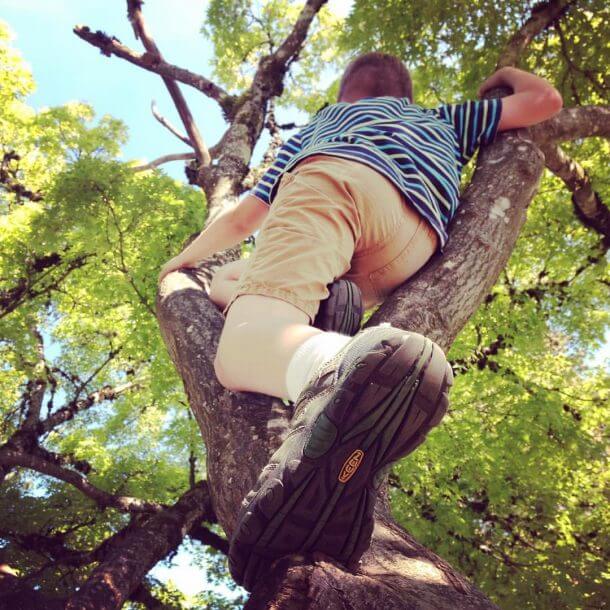
- Put nature on the calendar. If you plan the family’s sports commitments and vacations in advance, do the same for time spent in nature. Try skipping organized sports for a season and use that time to get outside. That suggestion won’t work for everyone, but for busy families, taking time for nature requires taking time — and putting it on the calendar.
- Don’t tear down the tree, build up the kid. International play expert Joe Frost says the number one reason kids get hurt climbing trees is because they don’t have the upper body strength to hold onto the branch. Makes common sense, right? His prescription: Instead of trying to create a risk-free environment (which has its own risks), think of manageable risk as an opportunity to build strength and resilience in your kids.
- Take a city hike. In urban neighborhoods, take your day packs, water and digital cameras and go look for nature. You’ll find it, even if it’s in an abandoned alley or in the grass along a sidewalk. Look for urban wildlife; there’s more out there than you think. With younger children, choose easier, shorter routes and prepare to stop often. “If you have an infant or toddler, consider organizing a neighborhood stroller group that meets for weekly nature walks,” suggests the National Audubon Society. Involve your teenager in planning hikes. For more information, consult the American Hiking Society or a good hiking guide, such as John McKinney’s Joy of Hiking.
- Moon walk. Writer Cindy Ross is a long-time devotee of full-moon walks. “We’ve walked by balmy summer moons in T-shirts, with katydids singing and lightning bugs flashing in a multi-sensory display.” But the best moon walks, she says, are under the winter moons. “I started out going on full moon walks for myself . . . but I also did it for my children, so they would grow up to realize there is much magic in the natural world and most of it is free.”
- Go backyard camping. Buy the kids a tent or help them make a canvas tepee, and leave it up all summer. Provide binoculars, a field guide to local birds and insects, and flashlights. Encourage the kids to invite their friends or grandparents to join the campout. Join NWF’s Great American Backyard Campout.
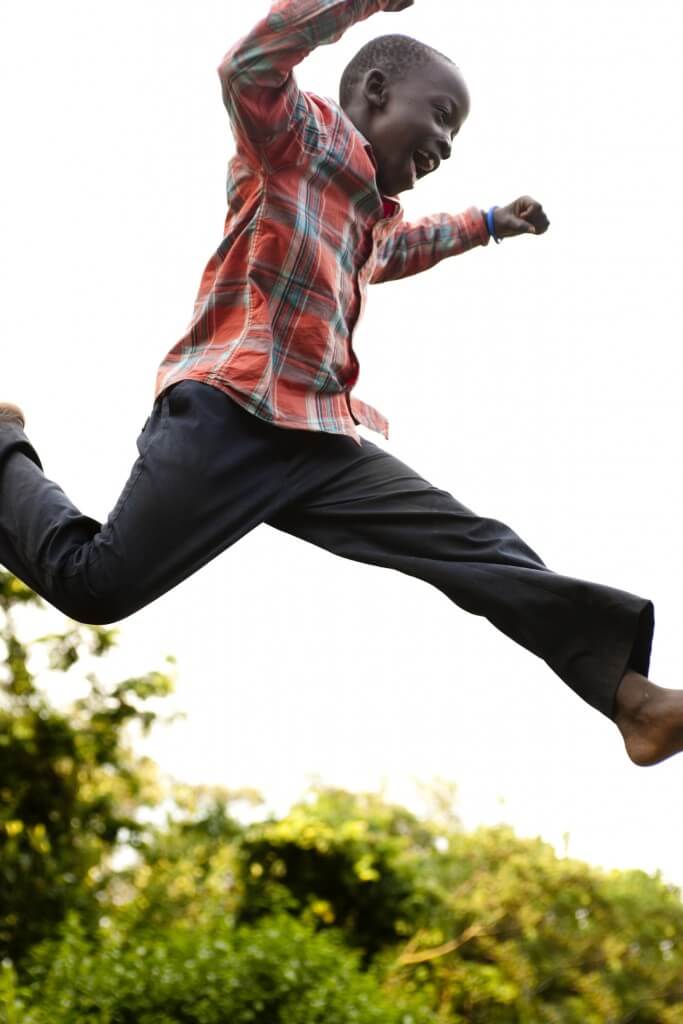 Plant a backyard, community or high-rise garden. If your children are little, choose seeds large enough for them to handle and that mature quickly, including vegetables. Whether teenagers or toddlers, young gardeners can help feed the family, and if your community has a farmers’ market, encourage them to sell their extra produce. Alternatively, share it with the neighbors or donate it to a food bank. If you live in an urban neighborhood, create a high-rise garden. A landing, deck, terrace, or flat roof typically can accommodate several large pots, and even trees can thrive in containers if given proper care. See the website Foodtank for more urban ideas.
Plant a backyard, community or high-rise garden. If your children are little, choose seeds large enough for them to handle and that mature quickly, including vegetables. Whether teenagers or toddlers, young gardeners can help feed the family, and if your community has a farmers’ market, encourage them to sell their extra produce. Alternatively, share it with the neighbors or donate it to a food bank. If you live in an urban neighborhood, create a high-rise garden. A landing, deck, terrace, or flat roof typically can accommodate several large pots, and even trees can thrive in containers if given proper care. See the website Foodtank for more urban ideas.- Go Native. Replace part of your lawn with native plants. Check out “Bringing Nature Home” by Doug Tallamy. For backyard suggestions, plus links to information about attracting wildlife to apartments and townhouses, see the National Audubon Society’s Invitation to a Healthy Yard. Create a backyard or neighborhood butterfly zone. Raise butterflies, from egg to caterpillar to chrysalis to emerging monarch. Maintain a birdbath. Build a bat house. Don’t feed the wild animals, but create a backyard wildlife observation blind. Make your yard a National Wildlife Federation Certified Wildlife Habitat.
- Go Wildsnapping. For children, teenagers, and adults, wildlife and landscape photography is a good way to experience nature. (Works for me! A couple weeks ago, in the Anza Borrego Desert, I used an iPhone to take the photo of the Leaping Lizard above. The hard part was getting it to pose like that.) Digital cameras dramatically reduce the cost of taking experimental photos of birds, worms, beetles, and small feet. Smartphones can also be used. “Taking camera-toting children into nature — whether in their own backyards, walking through a woods, or visiting a state or national park — catalyzes visual creativity,” says photographer David FitzSimmons, author of the book Curious Critters.
- Enroll your child in a nature preschool or other nature-based school. Education Week reports: “Five years ago, only a couple dozen such schools operated in the United States. Today, there are close to 250, according to the Natural Start Alliance, a coalition supporting early-childhood and environmental education.”
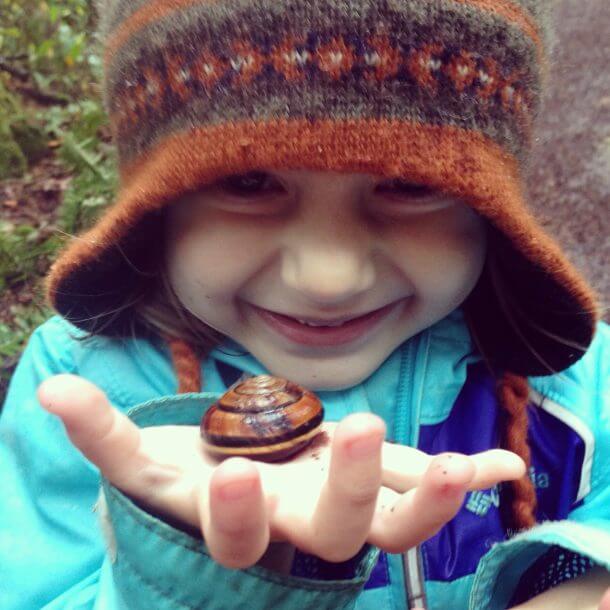 Start or Join a Family Nature Club. Here’s a way to create a community of support for parents and children: join an existing family nature club, or form a new one. It’s a great way to create a community of support for families. This same concept can be adopted by teens or adults without children of their own, in the form of friendship nature clubs. Download a free toolkit (available in multiple languages) from C&NN, or, in Canada, from our partner the Canadian Wildlife Federation.
Start or Join a Family Nature Club. Here’s a way to create a community of support for parents and children: join an existing family nature club, or form a new one. It’s a great way to create a community of support for families. This same concept can be adopted by teens or adults without children of their own, in the form of friendship nature clubs. Download a free toolkit (available in multiple languages) from C&NN, or, in Canada, from our partner the Canadian Wildlife Federation.- Purchase a family park pass. National parks, national monuments, and some refuges and regional parks exist in both urban and wilderness areas. Many parks charge for admission, but as Forbes magazine points out, in comparison, the price of admission — especially if you buy an annual pass, isn’t bad: “Going to a movie for a family of four can cost around $80. Bowling for four for two hours on a Saturday can cost around $90, not including food.” In comparison, an unlimited annual family pass to the national parks costs $80; it’s free for members of the military and those with permanent disabilities. As of 2015, all fourth graders in the United States — and their families — are eligible for a free annual pass to the national parks and other federal natural lands through the White House initiative, Every Kid in a Park.
- Be a force for balance. At home, at school, and even at work, think of experience as a budgeting issue—of time and money. For every dollar invested in the virtual, invest at least another dollar in the natural. Limit access to texting, computers, and TV part of the day or week. For example, schedule Saturday as a “Smartphone and iPad-Free Outdoor Play Day” for kids and parents. Go on a techno-fast in a wilderness area. Commit to a few days away from digital life — except, perhaps, taking along a digital camera for wildsnapping.
Parents, grandparents and other guardians can’t reduce nature-deficit disorder by themselves. It takes a village, a city, a world to connect all children to nature.
-
Network News
Earth Day: Young leaders advocate for change
-
Feature
Nature photographer Dudley Edmondson has a vision for the representation of Black and Brown faces in the outdoors
-
Richard Louv
EARTH MONTH: You're part of the New Nature Movement if....
-
Voices
Placemaking: How to build kinship and inclusive park spaces for children with disabilities
-
Network News
Children & Nature Network founders release report on global factors influencing the children and nature movement


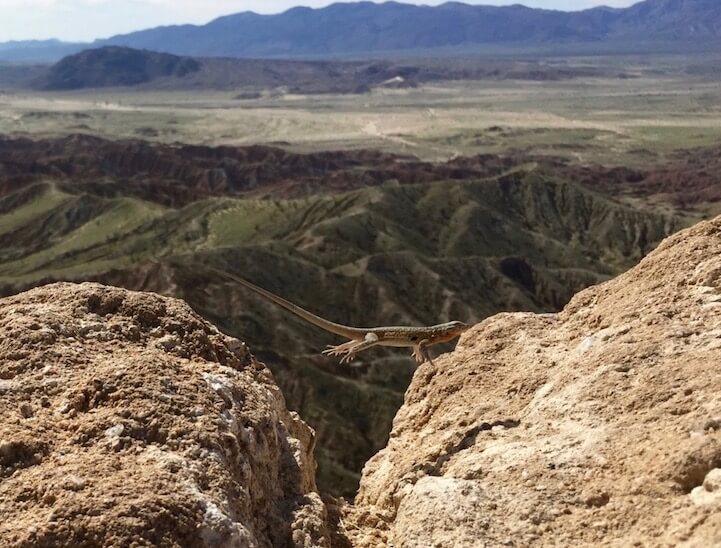


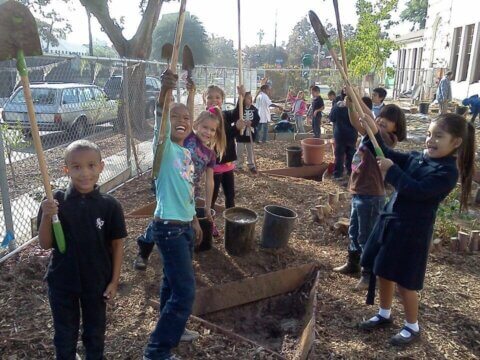

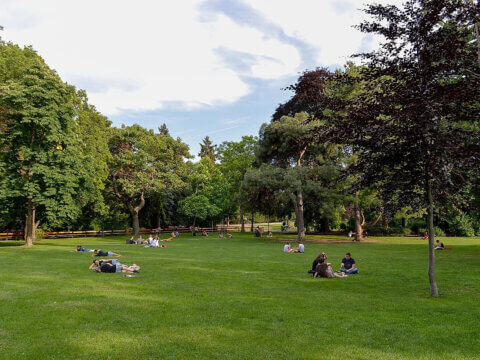
Commentaries on the C&NN website are offered to share diverse points-of-view from the global children and nature movement and to encourage new thinking and debate. The views and opinions expressed are those of the author(s) and do not necessarily reflect the position of C&NN. C&NN does not officially endorse every statement, report or product mentioned.